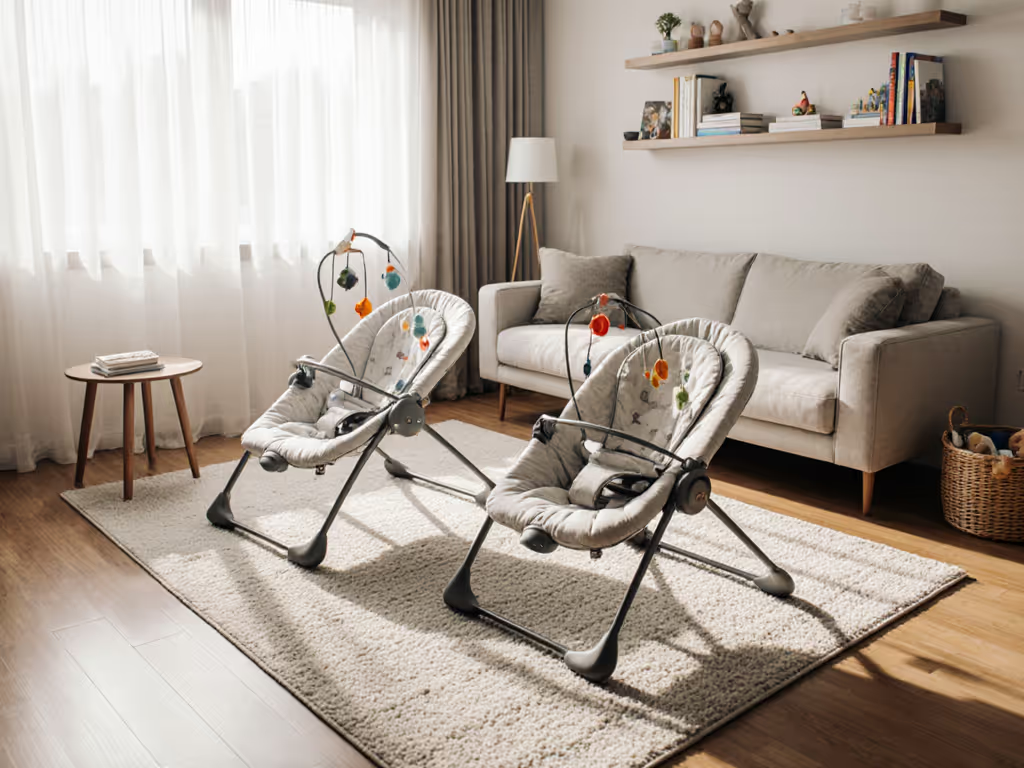
Newborn to Toddler Bouncer: Convertible vs Standard
Compare standard and convertible bouncers through a small-space lens, using clear must-have criteria and real-world tests to choose a quiet, easy-clean seat that folds away and fits daily routines.
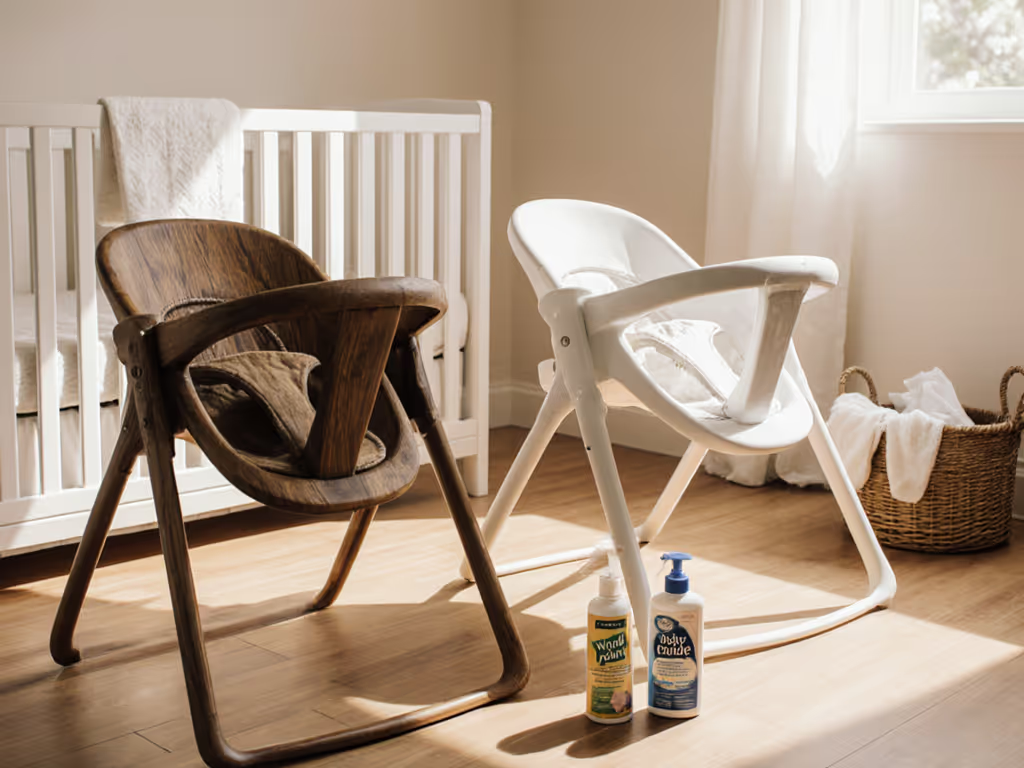
When you're navigating the maze of baby gear options for your compact living space, understanding baby bouncer materials becomes essential (not just for aesthetics, but for safety, maintenance, and daily practicality). As someone who's helped hundreds of space-conscious families navigate infant seating choices, I've seen how the right material decision can mean the difference between a trusted ally in your parenting routine and a source of constant stress. Let's explore the realities of wood versus plastic bouncers through the lens of what matters most to you: quick cleanups, safety assurance, and seamless integration into your minimalist home.
Choosing baby bouncer materials isn't just about matching your neutral nursery palette, it is a foundational safety consideration that impacts daily life more than most parents anticipate. When bent the right way, wood can offer remarkable flexibility while maintaining structural integrity, making it ideal for natural baby bouncers that withstand daily use without compromising safety. Plastic bouncers often deliver convenience features, but their material composition raises important questions about durability, chemical exposure, and cleaning efficiency.
Safety is a routine you practice, not a feature you buy. I recently spoke with a parent who confided they'd been letting their newborn nap in the bouncer during precious quiet moments, not realizing the risks of prolonged use on an inclined surface. Together, we timed a soothing routine and practiced moving to a flat, safe sleep surface immediately after, transforming a potentially dangerous habit into a safe, repeatable practice. For step-by-step technique and safe usage, see our proper bouncer positioning guide. This is why understanding materials matters: they shape your ability to maintain short, supervised stints without compromising safety.
Baby bouncer materials directly affect not just your baby's safety, but your mental load (especially when dealing with frequent messes in tight living quarters).
Consider these research-backed realities:
These are not just technical details. They are the difference between confidently leaving your baby in the bouncer while you take a quick shower versus constant anxiety about what is leaching into your baby's environment.
Wooden bouncers have gained popularity among design-conscious parents seeking both aesthetic harmony and practical functionality in small spaces. When properly constructed, they offer distinct advantages for space-limited households where every square inch counts.
Quality wood bouncers typically feature a lower center of gravity than their plastic counterparts, reducing tipping risks (especially important in apartments with hard flooring where stability matters most). Look for bouncers made from solid, sustainably sourced hardwoods like beech rather than pressed woods that may contain formaldehyde-based glues.
Key features of safe wood bouncers:
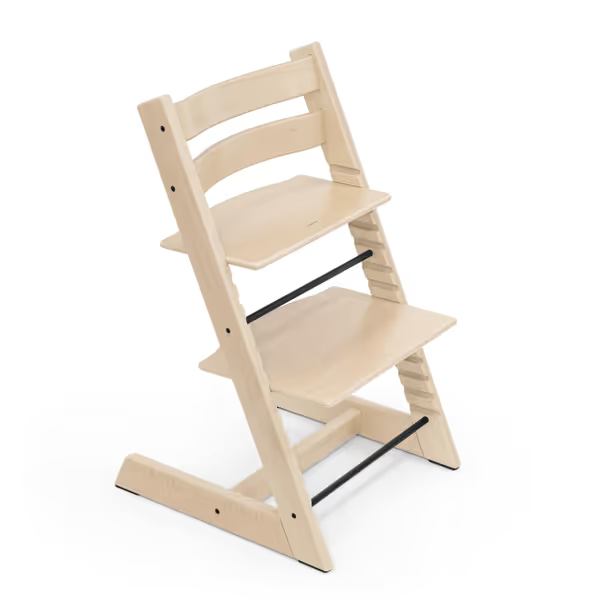
When it comes to maintenance, wood bouncers require thoughtful care that differs significantly from plastic models. The good news? Their simplicity often makes cleaning more straightforward:
The minimal crevices in well-designed wooden bouncers mean fewer places for milk leaks, pet hair, or blowout messes to hide, translating to faster cleaning times that matter when you're exhausted and time-pressed.
Plastic bouncers dominate the market with their vibrant colors, motorized features, and often lower price points. But for parents living in small spaces who prioritize quiet functionality over flashy features, they present specific challenges worth considering.
Many plastic bouncers on the market, especially budget-friendly options, are constructed with PVC and potentially toxic glues or dyes. The thin walls of many plastic frames can lead to squeaking, rattling, and instability (problems that become magnified in homes with hard flooring and thin walls where noise travels easily).
Plastic bouncers often promise "easy clean" surfaces, but the reality is more complex:
The "easy clean bouncer" promise often falls short when you're dealing with a sudden blowout at 2 AM and discover how many components need disassembly before proper cleaning can begin.
While the frame material gets most attention, your baby's skin primarily contacts the seat fabric, making bouncer fabric types a critical consideration for sensitive skin and easy maintenance.
For parents prioritizing both baby comfort and quick cleaning, natural fiber blends offer compelling advantages:
The best natural material bouncer options feature fully removable, machine-washable covers with minimal snaps or complicated attachment systems, saving precious minutes during urgent cleanups.
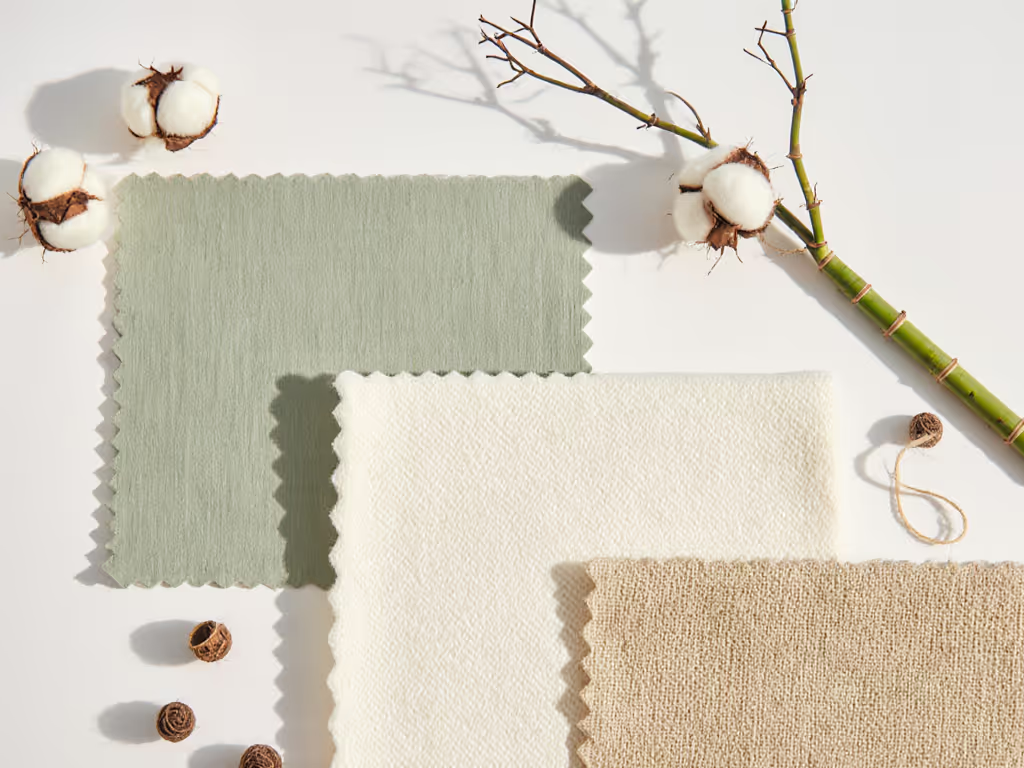
Many plastic bouncers use polyester blends that present specific challenges:
When evaluating bouncer fabric types, ask yourself: "Can I remove and wash this cover in under 3 minutes while my baby naps nearby?" If the answer isn't yes, reconsider whether it meets your real-world needs.
Understanding the practical cleaning differences between materials can help you choose what fits your lifestyle, not what looks good in lifestyle photos.
| Task | Time Required | Frequency |
|---|---|---|
| Quick wipe-down | 30 seconds | After each use |
| Deep seat fabric wash | 2-3 minutes (removal) + machine cycle | Weekly |
| Frame maintenance | 5 minutes | Monthly |
| Base stability check | 15 seconds | Daily |
Wood bouncers typically win for minimal daily maintenance, with their simple designs allowing for quick wipe-downs between uses. The lack of electronic components means fewer nooks where messes accumulate.
| Task | Time Required | Frequency |
|---|---|---|
| Component disassembly | 2-4 minutes | Before cleaning |
| Frame wiping | 1-2 minutes | After each use |
| Deep seat fabric wash | 3-5 minutes (removal) + machine cycle | Weekly |
| Motor housing cleaning | 3-5 minutes | Monthly |
| Reassembly | 2-3 minutes | After cleaning |
The convenience of plastic bouncers often disappears when faced with the reality of regular cleaning. Those "easy clean" claims rarely account for the full disassembly required to properly address blowout messes.
When choosing between wood vs plastic bouncer options, consider these space-conscious decision factors:
Remember that regardless of material, no bouncer should ever serve as a sleep space. Always move your baby to a flat, firm surface for naps and overnight sleep.
Your ideal bouncer won't be the one with the most features, it will be the one that fits seamlessly into your routines, cleans up quickly, and gives you confidence during those precious short, supervised stints when you need to attend to other tasks. Safety lives in routines, not marketing claims or modes.
Before purchasing, ask yourself: "Will this actually get used daily, or will it become another piece of clutter in my already cramped space?" Choose materials that support your real life, not the idealized version sold in product photos.

Compare standard and convertible bouncers through a small-space lens, using clear must-have criteria and real-world tests to choose a quiet, easy-clean seat that folds away and fits daily routines.
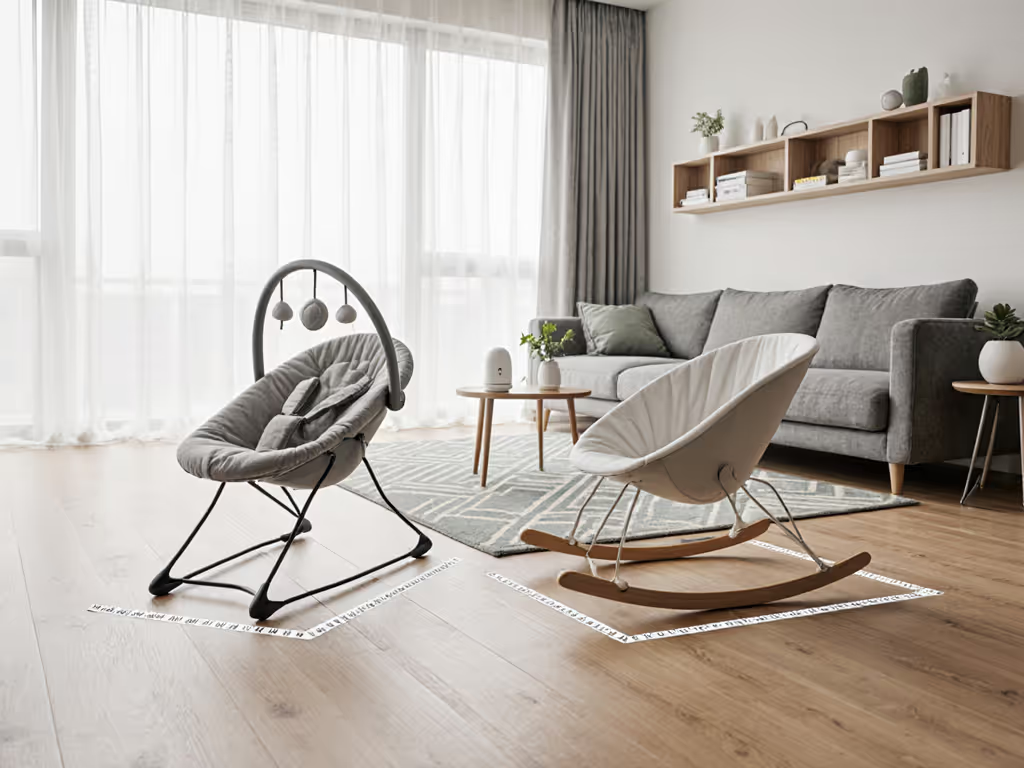
Use three space-smart metrics - storage depth, wipe time, and decibel level - to choose a bouncer or rocker that actually fits an apartment. Get measurement tricks, WFH noise thresholds, and age-window realities distilled from testing 17 models.
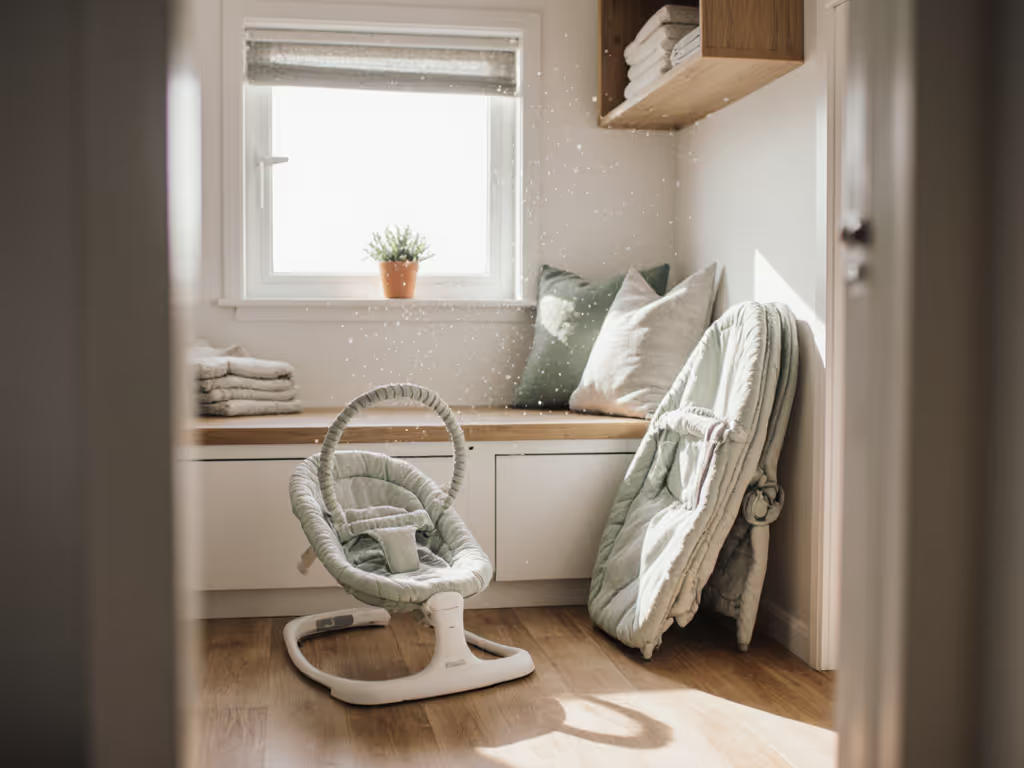
Compare automatic and manual bouncers through the lens of small‑space safety - footprint, stability, noise, cleaning, time limits, and storage. Use quick checks like the newspaper footprint, a 40 dB noise test, and 15‑minute timers to build safer daily routines.
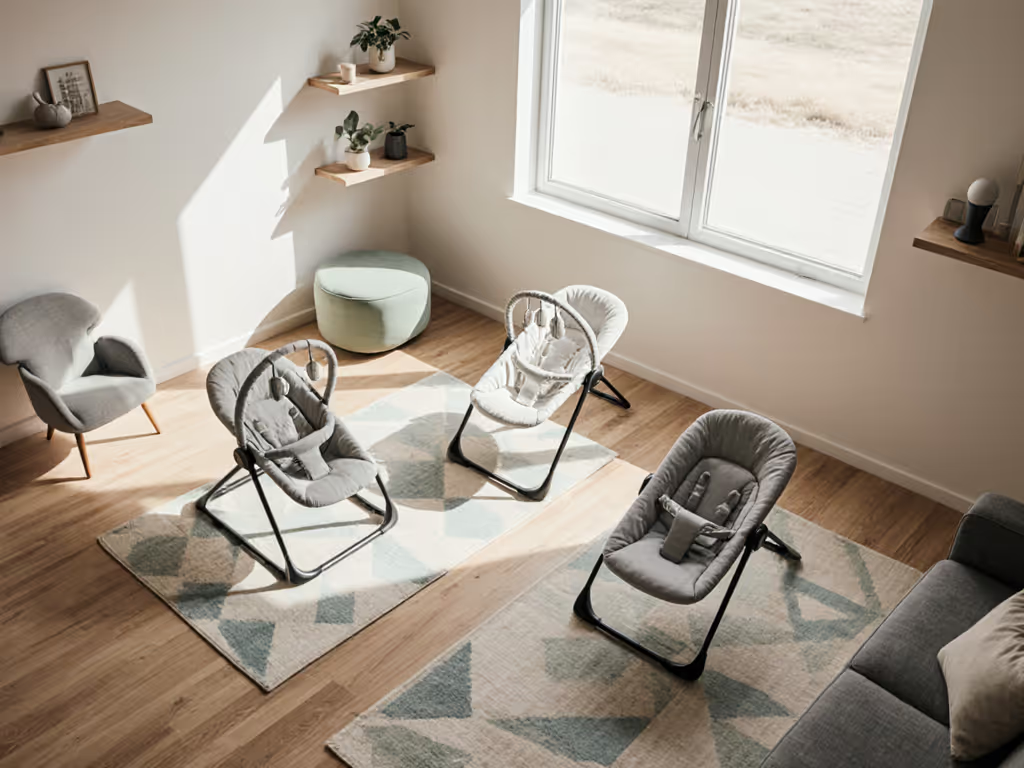
Find out which bouncer actually works in tiny spaces, with tested insights on folded depth, cleanup speed, noise, ergonomics, and floor stability. Get clear picks for different priorities plus a quick checklist to confirm fit in your own home.
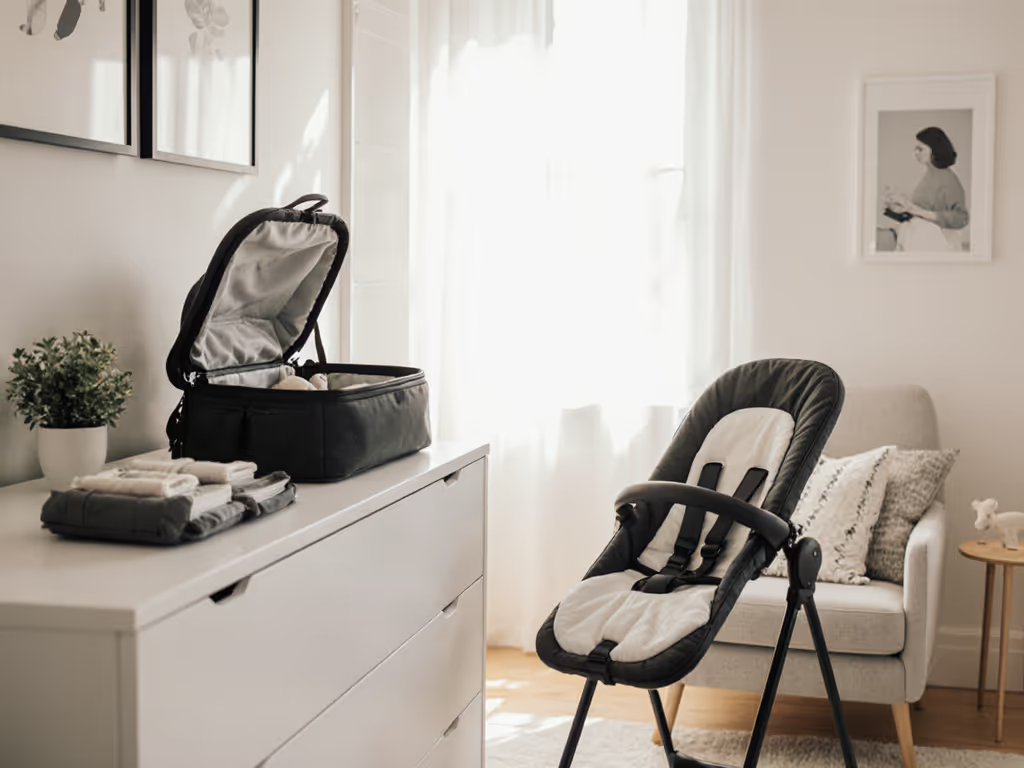
Choose a compact, travel-ready bouncer that folds flat, stays quiet, and wipes clean with dimension-based top picks - and know which bulky, noisy designs to skip.